India is a country bursting with life, colour and spice and is the ideal location for luxury travel. It stretches from the snowy summits of the Himalayas to the splendour and boutique hotels of Rajasthan and the tropical backwaters of the south.
Luxury holidays in India encompass experiences of an astounding range of landscapes, history, and cultures, whether you’re enjoying a beach holiday or exploring the country on long train journeys. Visitors to India are bowled over by the contrast of chaotic cities amid the deeply spiritual country, which offers the perfect blend of luxury and culture on our escorted tours.
Travelling to India with True
Between our specialist team, we have months spent on the ground, travelling across the country, sourcing the best guides and most memorable experiences.
Our travel design process starts with you and your ideas, each trip created from a blank piece of paper.
Our Asia specialist’s have created a selection of sample example itineraries to provide a sense of what can be crafted for you in India.
15 Day Itinerary
Guide Price: £8,800pp
Guide Price: $10,500pp
Blend the allure of India’s bustling cities with the enchantment of three national parks, offering an opportunity to master the art of tracking wild tigers.
19 Day Itinerary
Guide Price: £11,100pp
Guide Price: $13,300pp
Experience authentic Kerala and Sri Lanka on an unforgettable trip. Explore historic colonial-style buildings and embark on a safari to spot the elephants of Gal Oya National Park all the while admiring landscapes of tea plantations and secluded beaches.
21 Day Itinerary
Guide Price: £17,500pp
Guide Price: $21,000pp
Connect with your spiritual side on an unforgettable trip across Bhutan and India. Absorb a serene atmosphere as you explore a plethora of monasteries, shrines and fortresses across the countries, culminating in a relaxing spa trip in the magical scenery of the Himalayas.
12 Day Itinerary
Guide Price: £7,000pp
Guide Price: $8,400pp
Discover Southern India amid the breathtaking landscapes of luscious green tea plantations, lakes and rolling hills. Uncover the secrets to making traditional Keralan meals, historic rock carvings in the Edakkal caves and finish in the untouched corner of Northern Kerala.
Blend the allure of India’s bustling cities with the enchantment of three national parks, offering an opportunity to master the art of tracking wild tigers.
Experience authentic Kerala and Sri Lanka on an unforgettable trip. Explore historic colonial-style buildings and embark on a safari to spot the elephants of Gal Oya National Park all the while admiring landscapes of tea plantations and secluded beaches.
21 Day Itinerary
Guide Price: £17,500pp
Guide Price: $21,000pp
Connect with your spiritual side on an unforgettable trip across Bhutan and India. Absorb a serene atmosphere as you explore a plethora of monasteries, shrines and fortresses across the countries, culminating in a relaxing spa trip in the magical scenery of the Himalayas.
Discover Southern India amid the breathtaking landscapes of luscious green tea plantations, lakes and rolling hills. Uncover the secrets to making traditional Keralan meals, historic rock carvings in the Edakkal caves and finish in the untouched corner of Northern Kerala.
Combine a trip to India, boasting vibrant cities with captivating cultural highlights, historic sites and safaris to spot leopards, with the Maldives where pristine beaches and crystal blue waters await.
Experience the highlights of India, from having unobstructed views of the Taj Mahal, sampling an array of culinary specialities and exploring the spectacular landscapes, National Parks, the ‘Pink City’ and the colonial architecture of Old Delhi.
Blend a trip to Jordan and Oman, discovering iconic historic sites like Petra and the ancient fortress Bala Fort. Experience diverse landscapes by stargazing in Jordan’s Valley of the Moon, floating in the Dead Sea and camel riding across the dunes of Oman’s Wahiba Sands.
A country as large and diverse in India is littered with attractions. Our team has hand-picked their favourite experiences, each chosen to make any itinerary special.
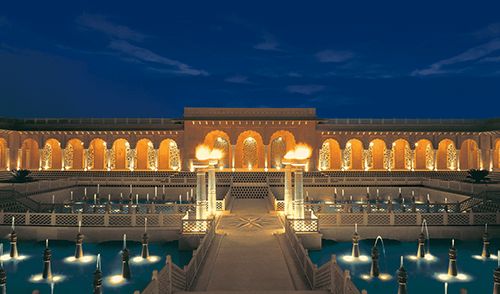
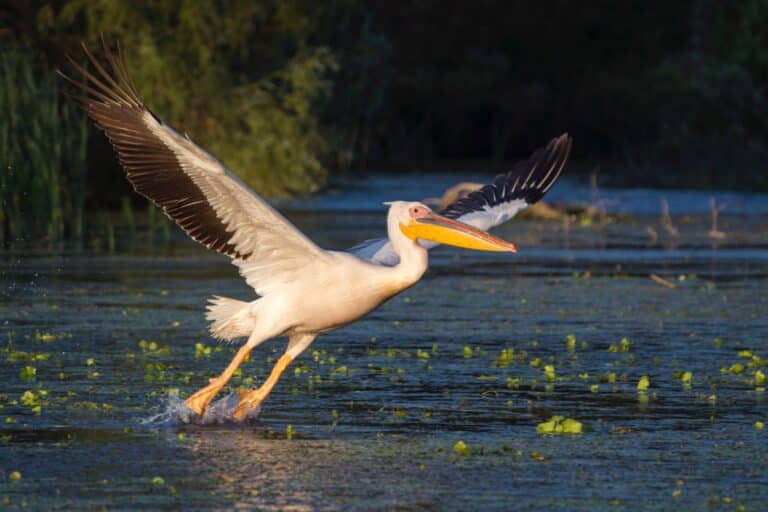
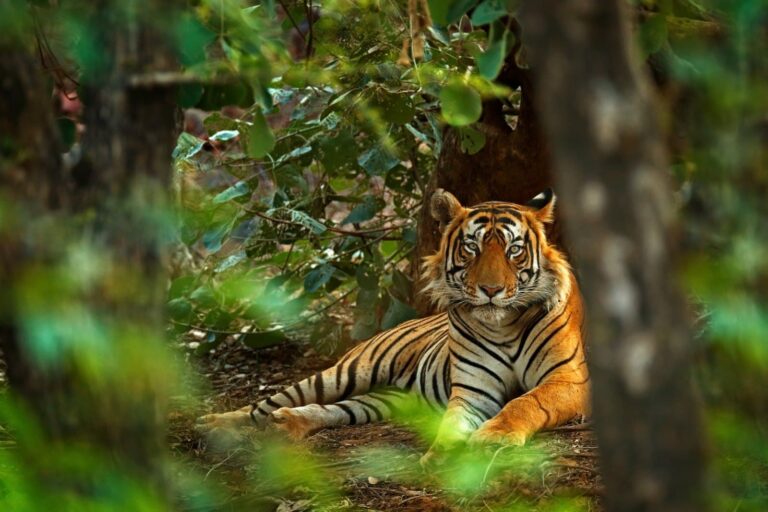
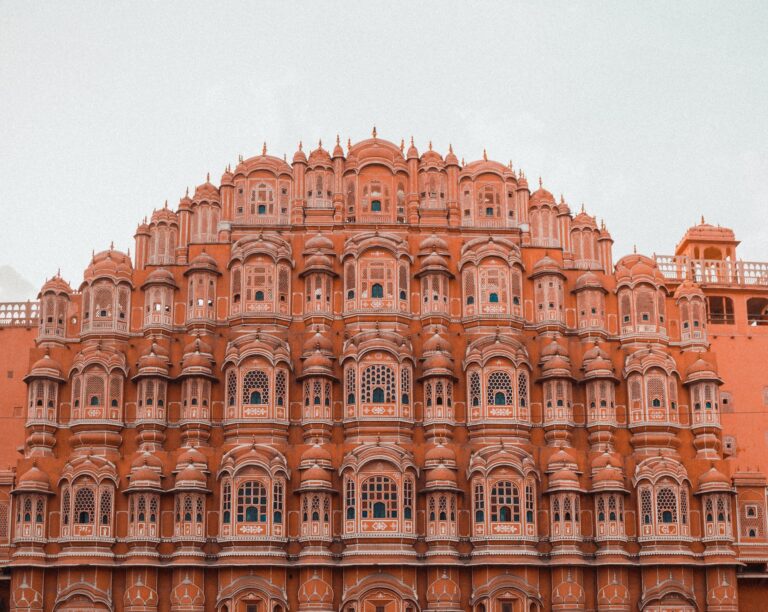
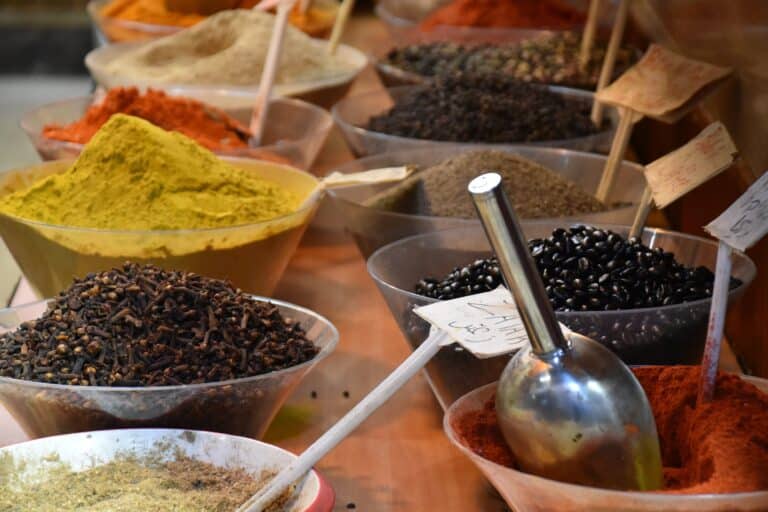

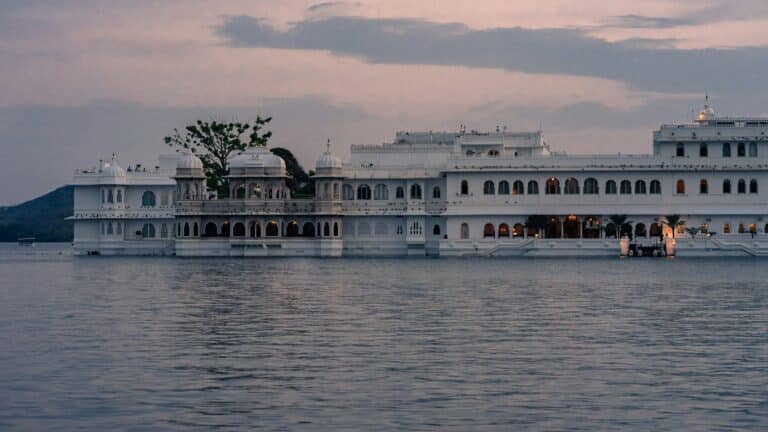
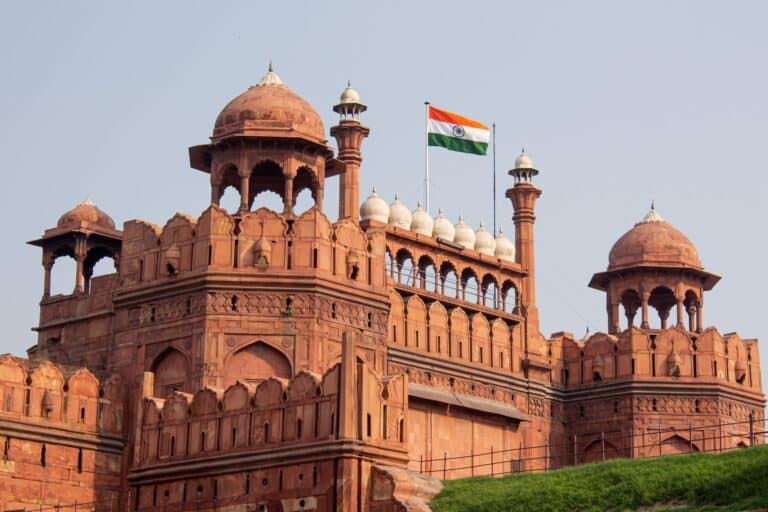
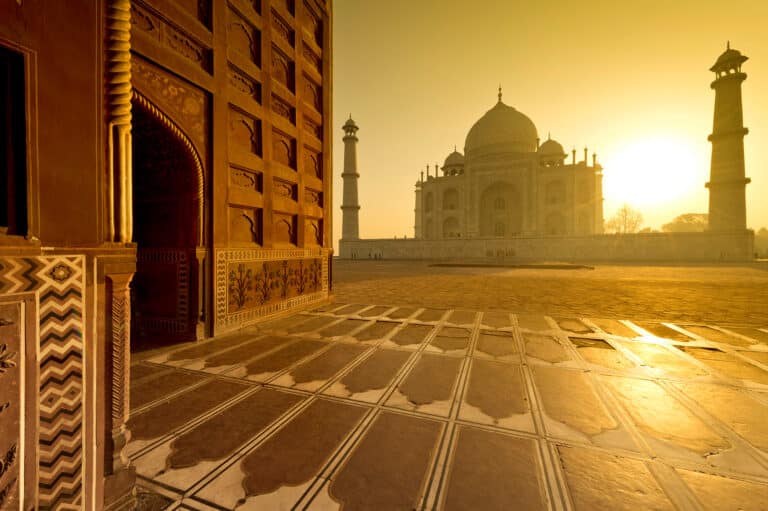
Each trip True Travel curate is based on the experience you are looking for and as an independent travel operator, we are not obliged or committed to any properties. You can rest safe in the knowledge that the accommodation we recommend for your stay has been chosen based on your interests, not ours.
India, a vast subcontinent, unfolds in a kaleidoscope of regions. Delhi, the dynamic capital, pulses with history and modernity. Mumbai, the bustling financial hub, embraces cosmopolitan energy. Rajasthan’s deserts offer regal splendor, while Kerala’s backwaters soothe. From the Himalayan north to the coastal south, India captivates with its cultural tapestry and geographical diversity.
Home to the Taj Mahal. With shimmering marble domes and intricately carved walls, the Taj Mahal is Agra’s highlight and one of the world’s most recognised and greatest monuments.
The Taj Mahal is decorated with black marble and semi precious stones on both the inside and the outside, while the Koran is inscribed on the exterior of the main dome. Set against large Indian skies, the Taj Mahal glows white by moonlight and a pearly pink at dawn. This iconic building never fails to take your breath away.
Ranthambore National Park offers the best tiger sightings in India. The wild jungle scrum covers an area of 400km², and is watched over by the towering Ranthambhore Fort.
In Ranthambore, you find scattered fort’s, ancient temples and old Hunting Pavilions. Many exceptional camps are dotted around the park and can accommodate keen tourists looking for their creature comforts and a cool shower. The National Park is home to some of the worlds most highly regarded conservationists, and with them by your side, you can track tigers, along with animals like grey langurs, wild boar and unusual reptiles.
Our Asia trips are looked after by our Global Sales Director, Pete, so you couldn’t be in better hands. He will look after you start to finish using his expert knowledge of the continent to create a holiday you’ll remember forever.


Pete has been working in the luxury travel industry for 15+ years and has spent the vast majority of that time creating extraordinary trips all across the Asia Pacific region.

INSPIRATION
SIGN UP
Weekly travel inspiration, news and updates from our team of travel specialists
Sign up